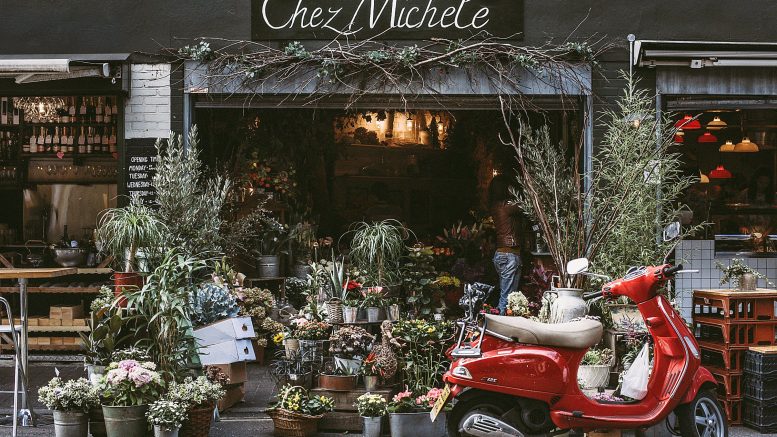People are sprucing up their homes this holiday season by getting trees that are not fir sale. Christmas tree rentals are picking up in popularity as a sustainable alternative to ones discarded after a few months of enjoyment.
If you ever felt the urge to take a stroll through a Christmas tree graveyard, all you have to do is walk around London in January. Sick of seeing the colossal waste year after year, partners Jonathan Mearns and Catherine Loveless decided to do something about it in 2018.
London Christmas Tree Rental, as straightforward as the name is, allows Londoners to rent real Norwegian Spruce trees for each holiday season.
This is how it works:
Step 1: Order a tree and they’ll deliver it (and a planter saucer) straight to your door. They even “encourage [people] to name the tree so it becomes part of the household.”
Step 2: Keep the tree alive. Like most trees, it requires about a pint of water a day and prefers to be kept away from a radiator.
Step 3: Return it. LCTR will come pick up the tree after the holidays are over in early January. Then the little guy will be placed back on the farm to receive special care and live to see another day. It’s even possible to have the exact same tree the next year as long as the customers fill out the name label at the time of the return.
Ann Marie, a customer of the rental service, said: “Being able to tell my son that the tree was coming back next year reduced his trauma when it had to come down.”
The spruces, which are cleverly named after London boroughs (e.g. Kensington, Westminster, etc.), come in four different sizes and cost £40 to £70 depending– which is typically a cheaper alternative to buying.
The environmental significance
According to the Carbon Trust, the impact a live six-foot tree makes going into the waste bin is the equivalent of 16kg of carbon dioxide entering the atmosphere.
Every year, seven million trees go to the landfill. The thousands of pine needles take a very long time to decompose and as they rot, it produces a greenhouse gas so destructive, it is 25 times more potent than CO2: methane.
After a little quick maths, seven million decaying trees translates into about 100,000 tonnes of undesirable pollutants in the environment.
Words: Maelina Hassel | Subbing: Kristina Hristova

